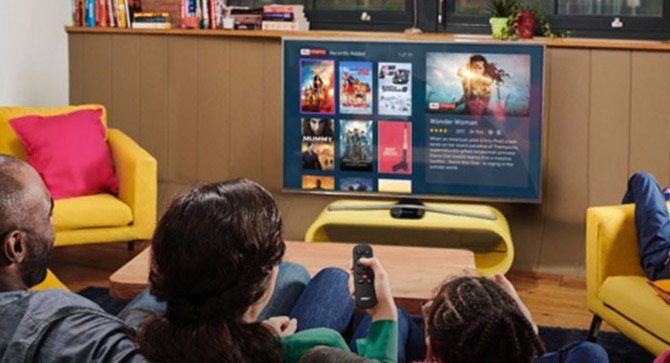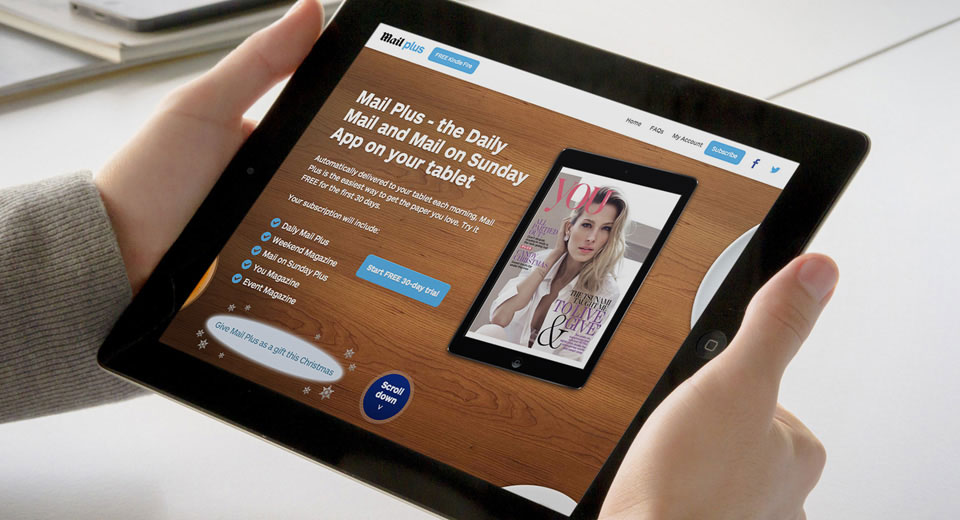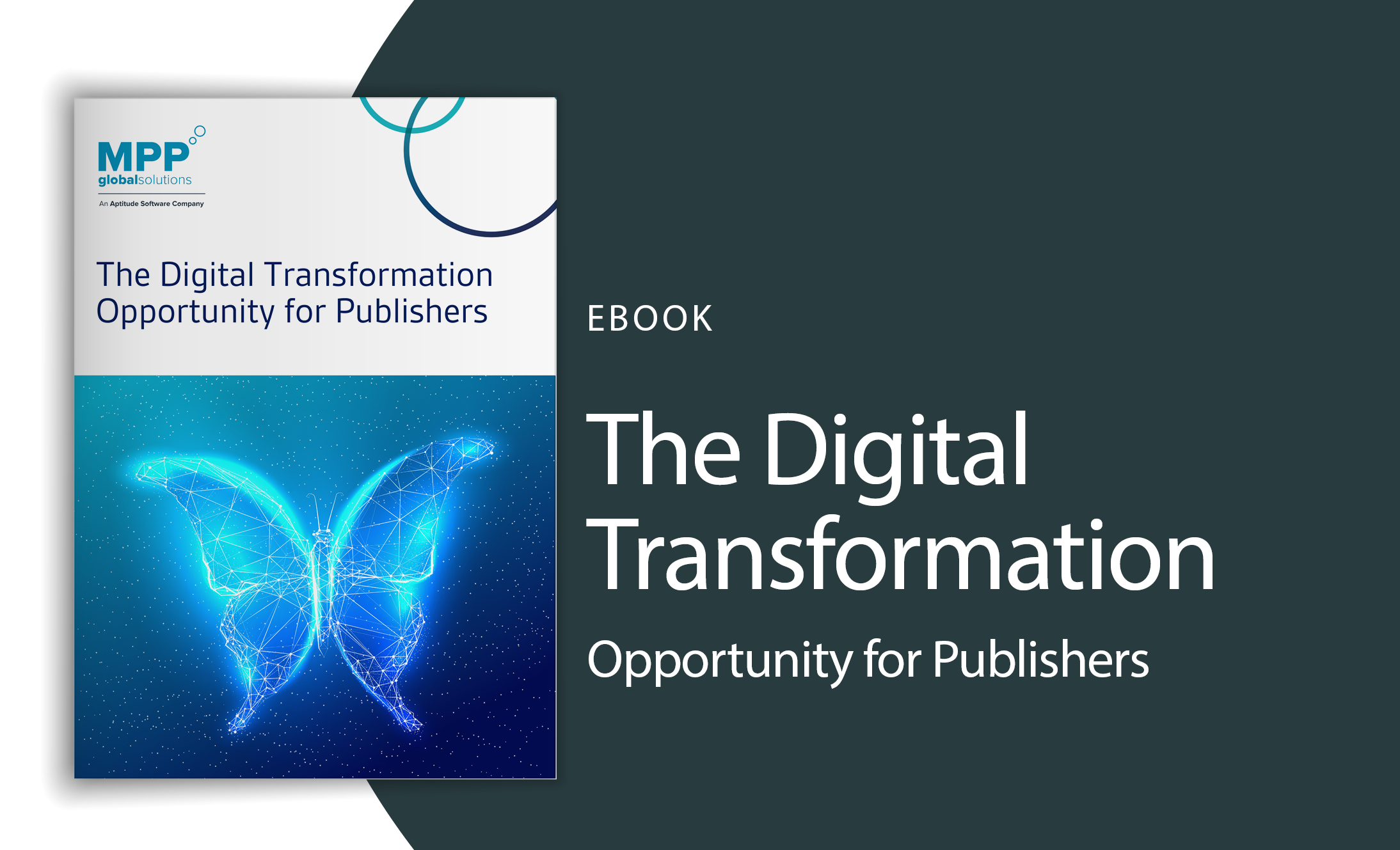How to Boost Your Subscriber Aquisition with Free Trials

When offering a media service or product that you want your customers to pay for, there’s lots of factors to take into consideration, but one of the most crucial is how you price and then display this information. This also applies to how you use offers to get new customers, and free trials are a popular way to entice them to sign up with your service.
Psychologically, the user is happy to get something for nothing and will hopefully be so impressed by what you have to offer that they will be converted into paying customers at the end of their trial period. But how long should that period actually be to ensure maximum conversions?
Free Trials for B2C Services
For B2C services, 7-day trials have traditionally been the most common approach, giving customers a taste of the service and a sense of urgency to get them engaged with it. If they have only a week to try it out, they aren’t going to sign up and forget about it, and a trial user active in the first 3 days of their trial is four times more likely to convert to a paying customer.
However, 7-day trials are far from the be-all and end-all for B2C. After all, three of the biggest and most successful B2C service providers of this century both offer month-long trial periods. If you want to try out Netflix, Amazon Prime or Spotify Premium, all of them will give you 30 days to see if you want to stay, and all have around a 1-in-3 conversion rate, which is particularly impressive in the case of Spotify, which is of course available to use for free on the ad-supported model.
Do Free Trials Work for B2B Services?
In the B2B market, 14-day or 30-day trials are more common, as a week generally isn’t long enough to try the software out, collect feedback and get authorization for the spend. If the product or service is very complex, a longer trial time might be necessary to give customers the chance to properly understand it, while they can also allow enough time for the service to become ingrained within processes to keep customers locked-in.
The downsides to having more than a two-week free trial include having the additional costs of providing the service for free for that time, and the risk of giving the customers too much time to think about – or forget about – the decision. In these cases, it may be better to offer a shorter trial with an outreach towards the end of the trial to offer an extension if the customer requires it.
Alternatives to Free Trials
Another alternative to a free trial, particularly for B2B customers, is offering a guided demonstration that gives a salesperson the chance to engage directly with the prospective customer and demonstrate exactly how it can benefit them specifically, as well as answering any queries they might have. This approach is largely dependent on the complexity of the service or product.
A funded Proof of Concept could also give a more proactive alternative to a free trial, especially if it utilizes real data and can demonstrate the very real benefits of the software or service. Whatever you offer prospective clients, it’s always in your interest to monitor their usage during the trial period and engage with them appropriately based on how they are – or aren’t – using it.
With a rich history in the Media sector, working with some of the leading companies worldwide, MPP Global supported a wide range of these pricing strategies and more besides. We’ve written all about the challenges and opportunities that come with pricing in our new whitepaper Highly Effective Pricing Strategies for the Media Sector, which you can download below.
 us
us 










